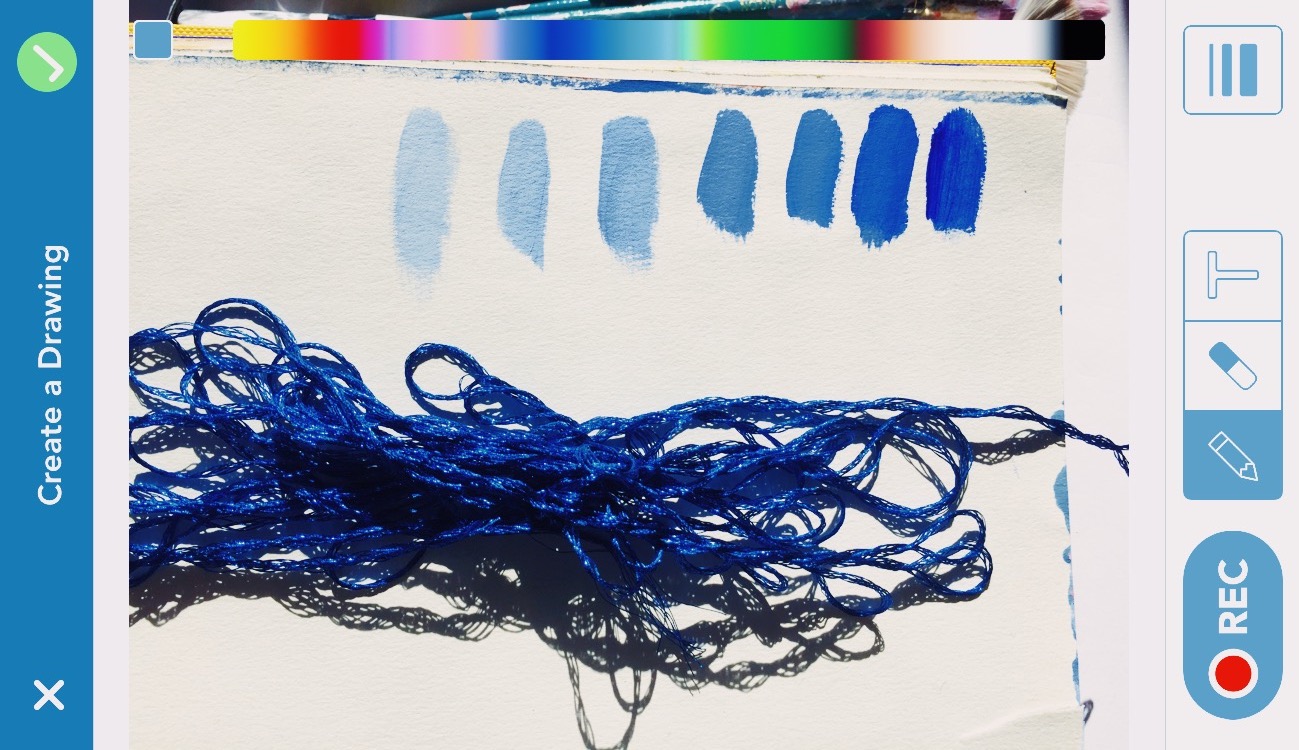*This is an updated version of a post originally published in May 2018*
If you are a teacher in the Northern Hemisphere, the new academic year is heating up. The paper work may be piling up too… A LOT! Education apps can help with that.
Apps can be used to digitally document and collate children’s learning. These records can then be easily shared with other students, educators and parents – helping to grow a community that fosters learning.
However, at their worst, apps can also encourage a culture of surveillance and control of children’s lives – it depends on how they are being used!
In this post, I talk about why documenting and reflecting on children’s learning is important, including how apps can be used to support this process in a positive way. I review five apps: Seesaw, Class Dojo, Google Classroom, Storypark and Artsonia to discuss how these can be used at school and beyond the classroom.
Why is documenting children’s learning important?
Documenting children’s learning helps to make learning processes visible and in a form that can be shared with others. Processes such as creativity and critical thinking are difficult to assess against product-driven and standardised curriculum.
Generating photos, videos, audio recording and notes of children’s learning processes helps to highlight the complex social, emotional, cognitive and aesthetic processes that shape learning instead of just focusing on educational outcomes. Educators can then use these records to reflect on children’s learning from multiple perspectives.
For example, the documentation could be used to ask parents what they think their child is doing. Educators and parents can then make choices on how to best proceed.
This process built on an understanding that rather than being one way of doing things, there are many!
However, creating photos and videos of children’s learning is not a pedagogical process in itself. But it can become pedagogical when the records are used to fuel learning and change.
It is important to note that recording children’s learning is not something only teachers do in schools. People working with children in museums and community learning spaces can also participate in the process
Documenting and reflecting on children’s learning processes takes time. Apps can help to collate and share records however, educators and parents then need to take the time to reflect on children’s learning. Reflection is one thing an app cannot speed up!
Before you start using these apps, you may need to think about the ethics of documenting children’s learning. For example, who gets to access the records, how the data will be securely stored and any necessary permission forms that need to be completed.

4 education apps for documenting learning
1. Seesaw
Seesaw’s motto is to ‘empower students and engage families.’ Educators, students and families can capture learning using photos, videos, drawings, audio recordings, files and hyperlinks to create digital portfolios.
Seesaw has developed three different apps: one for teachers, one for students and one for families. Individuals can then independently record and upload documentation to a communal folder. Parents can also login to see what their child has been learning throughout the day.
My favourite bit of the Seesaw app is the ability to do video recordings with voice over features. This is a really useful feature that allows students to go back and talk about how their learning has developed over time. The app has a very clear and intuitive interface that is easy for students aged 5 years+ to use.
Students and schools own all the content that is uploaded to Seesaw. The privacy settings for different content can also be modified.
2. ClassDojo
ClassDojo has become the most used education app in U.S. schools with apparently 95% using it. The app is free for teachers to download. Some of the features, such as accessing children’s portfolios and messaging with teachers are also free for families and students. The app can be downloaded on Apple, Android and Kindle devices as well as on any computer. A feature that I really like on ClassDojo is the ability to instantly translate messages into 30 different languages, making it easier for parents and teachers who don’t speak the same first language to communicate with one another.
The app does have an extra ‘Beyond School’ features that parents can pay a $7.99 subscription for. This feature allows parents to use the app independently of children’s school activities to record and set goals for children’s activities at home, such as ‘helping,’ ‘chores’ and ‘being kind.’ I personally find this going a bit too far in the digital recording of children’s behaviour. But if it something you want to do, go for it.
3. Storypark
Storypark describes itself as a ‘purpose-led, values-based’ app that helps children to realize their potential by connecting them with the community around them. I selected Storypark for this post as it came across as the App most informed by ongoing research and evaluation.
The team are also constantly re-developing the app in respond to teachers and parents needs. I really like this approach as schools are continuously changing. For example, children’s ways of learning shift, curriculum is modified, new teaching methods are produced – so it is great that the Storypark acknowledge and respond to these changes.
Storypark have also produce a wonderful set of online education resources for parents on early childhood education.
4. Google Classroom
Google Classroom is a free app for children aged between grades 3-12. It is part of Google’s larger Education suite that aims to enable paperless learning in schools.
Teachers can construct lesson plans, give out assignments (such as multiple choice questions) and monitor the progress of these using the app. Similar to Seesaw, StoryPark and ClassDojo, students can upload images, videos and notes that share their learning. Teachers, parents and peers can then comment on these records.
When testing out Google Classroom, I found it easiest to use on a desktop computer. It was quite fiddly to try and navigate between different pages using my iPhone and iPad.
5. Artsonia
Artsonia is a FREE app especially made for art teachers. The app’s mission “is to bring communities together to celebrate children’s artistic expressions.” Students can create art portfolios and then choose to share to share these privately or with teachers, parents or the public.
Artsonia is particularly popular in the U.S. where many teachers use it to connect with other art teachers. Students can also browse through art submitted by other students from around the world.
Final words!
All three education apps have a free trial period. Perhaps you could download a couple and suss out which one works best for you.
I highly recommend the book ‘Making learning visible: Children as individual and group learners’ written by Reggio Children & Harvard Project Zero if you are interested in reading more about documenting children’s learning.
What apps do you use? Tell me below!
Related Posts
Making learning visible: An interview with Mara Krechevsky
Demonstrating as a way of supporting children’s creative learning




